Fórum »
Digitálne zrkadlovky
Inzercia
-
Foto príležitosti2025-07-07 22:46:33+02(17)tyto
-
ePhoto pripomienky 32025-06-28 11:40:20+02(967)Ludek+H
-
Fotografovanie krajiniek2025-06-23 13:36:12+02(30)jozef84
-
Odporúčam pozrieť2025-06-21 19:12:57+02(156)Ludek+H
-
Feiyu SCORP vs ZHIYUN Crane M3S vs DJI RS 3 Mini2025-06-11 09:55:34+02(2)jozef84
-
Nikon D31002025-06-05 14:12:27+02
-
Tutorials - Tipy - Návody2025-06-02 11:48:33+02(174)Karol Srnec
-
tlač násteného kalendáru2025-05-30 16:19:27+02(3)warwick
-
čistenie matnice, zrkadla2025-05-23 12:35:32+02(65)kb
-
Sledovanie expozičného trojuholnika2025-05-18 10:43:41+02(7)JohnNewton
-
SPEEDLITE EL-10 a Canon EOS R2025-05-18 08:19:30+02(2)internetiko
-
550D čeština2025-05-12 18:37:26+02(2)Karol Srnec
-
Čistenie snímača2025-04-28 12:39:00+02(37)katjo
-
Pozemna rozpera na stativ....2025-04-01 13:14:29+02(1)rudolfo63
-
Cukrarske vyrobky2025-03-31 15:58:49+02(4)jozef84
-
(7)tyto
-
(2)Karol Srnec
-
-
(7)Acelife2
-
(25)LUNA2026
-
(34)mariosk
-
(31)paraldavid680
-
(33)janabistova51


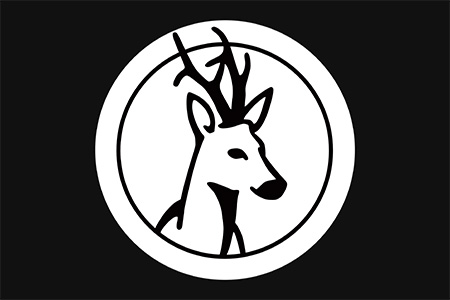
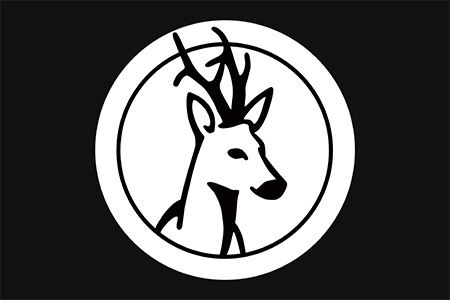
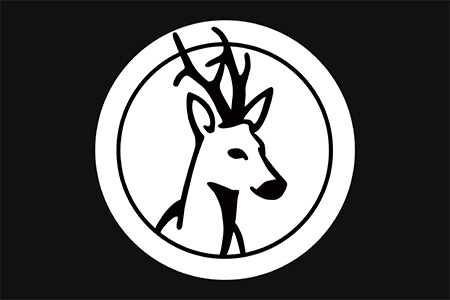
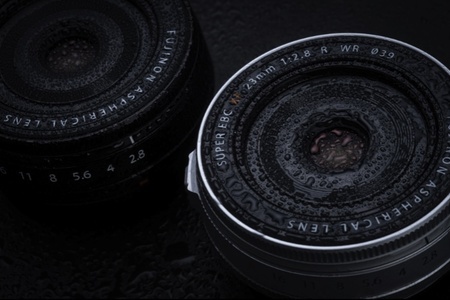
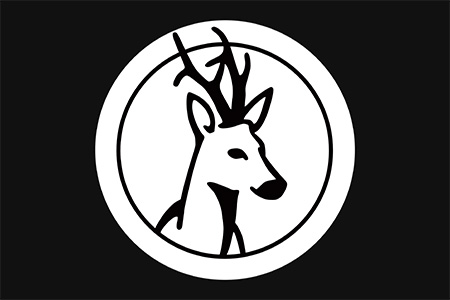
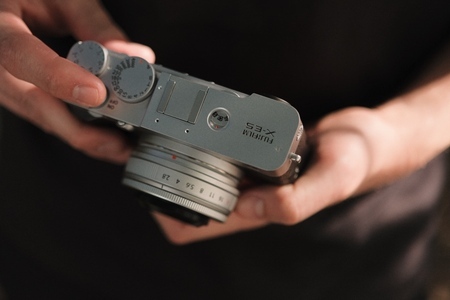
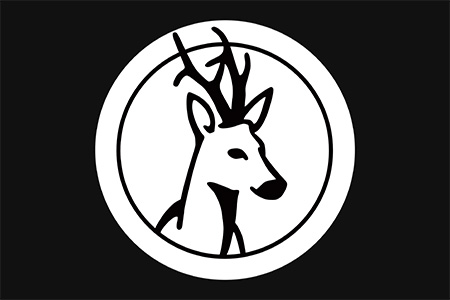
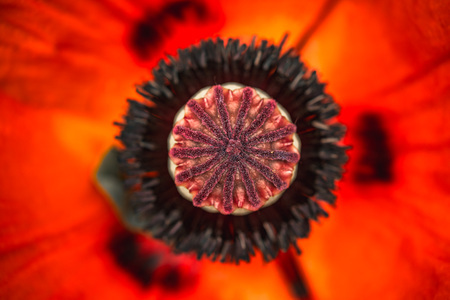
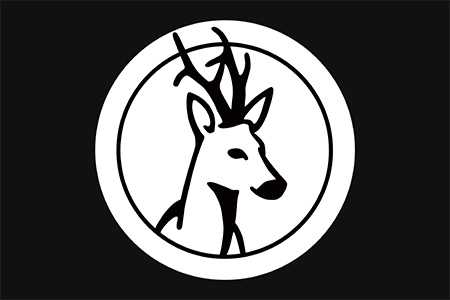







 RSS
RSS
NIKON > nastavenie ISO L1.0,
Na mojej D90, ale aj na iných nikonoch (predpokladám) je takáto možnosť nastavenia ISO:
• L1.0 (100 equiv.)
• L0.7 (125 equiv.)
• L0.3 (160 equiv.)
• HI 0.3 (4000 equiv.)
• HI 0.7 (5000 equiv.)
• HI 1.0 (6400 equiv.)
Neviete ako to vlasne funguje? je to nejaké soft nastavenie foťáku? ale je to reálne iso ako ja napr. 200? (ako nemyslím to teraz že či je 6400 = 200
Na mojej D90, ale aj na iných nikonoch (predpokladám) je takáto možnosť nastavenia ISO:
• L1.0 (100 equiv.)
• L0.7 (125 equiv.)
• L0.3 (160 equiv.)
• HI 0.3 (4000 equiv.)
• HI 0.7 (5000 equiv.)
• HI 1.0 (6400 equiv.)
Neviete ako to vlasne funguje? je to nejaké soft nastavenie foťáku? ale je to reálne iso ako ja napr. 200? (ako nemyslím to teraz že či je 6400 = 200
"The Hi and Lo ISO settings are digitally pushed at the ADC whereas the normal ISO settings are analougue gain settings on the amplifier. Light hitting the sensor fills the photosites of the sensor with photons which are charge accumulated, counted and turned around as a charge value. This is an analogue value. The amount of that value is determined by the sensitivity and gain. Like film, the sensor has a base sensitivity. For some sensors, it's 100 and others it may be 200. Any ISO value above that is the result of a gain setting on the amplifiers that increase the analougue signal level. This happens before the signal gets to the analougue-to-digital converter (ADC). At the ADC, the signal is quantised and digitally encoded. If a Hi or Lo ISO setting is used here something extra happens.
With a Lo setting, the sensor's amps are left at the lowest possible setting and the sensor is at its base/native ISO. The analougue signal is then fed to the ADC which then downgrades the signal levels when quantising them.
With a Hi ISO setting, the sensor is first boosted in gain up to its highest available analougue setting. The signal is then digitally quantised by upgrading (mapping) to a higher level.
The impact on DR and tone-curve when using Hi/Lo ISO settings is due to the digital conversion of remapping the analougue levels into a different quantisation value and thus this can cause either a compressed or extended tonal range from the original.
A somewhat analogous layman's way of thinking about the difference between regular ISO and Hi/Lo ISO settings is the comparison between optical zoom and digital zoom. As you know, an optical zoom does not produce pixelisation artifacts whereas digitally zooming (essentially cropping and magnifying) does."
Nebol som v BB
Čiže vravíš, že relatívne môže byť na ISO L1 horší výsledok ako na ISO200?
Správne som to pochopil?
Nebol som v BB
Čiže vravíš, že relatívne môže byť na ISO L1 horší výsledok ako na ISO200?
Správne som to pochopil?
"The Hi and Lo ISO settings are digitally pushed at the ADC whereas the normal ISO settings are analougue gain settings on the amplifier. Light hitting the sensor fills the photosites of the sensor with photons which are charge accumulated, counted and turned around as a charge value. This is an analogue value. The amount of that value is determined by the sensitivity and gain. Like film, the sensor has a base sensitivity. For some sensors, it's 100 and others it may be 200. Any ISO value above that is the result of a gain setting on the amplifiers that increase the analougue signal level. This happens before the signal gets to the analougue-to-digital converter (ADC). At the ADC, the signal is quantised and digitally encoded. If a Hi or Lo ISO setting is used here something extra happens.
With a Lo setting, the sensor's amps are left at the lowest possible setting and the sensor is at its base/native ISO. The analougue signal is then fed to the ADC which then downgrades the signal levels when quantising them.
With a Hi ISO setting, the sensor is first boosted in gain up to its highest available analougue setting. The signal is then digitally quantised by upgrading (mapping) to a higher level.
The impact on DR and tone-curve when using Hi/Lo ISO settings is due to the digital conversion of remapping the analougue levels into a different quantisation value and thus this can cause either a compressed or extended tonal range from the original.
A somewhat analogous layman's way of thinking about the difference between regular ISO and Hi/Lo ISO settings is the comparison between optical zoom and digital zoom. As you know, an optical zoom does not produce pixelisation artifacts whereas digitally zooming (essentially cropping and magnifying) does."
Nebol som v BB
Čiže vravíš, že relatívne môže byť na ISO L1 horší výsledok ako na ISO200?
Správne som to pochopil?
Inak sun-sniper je super
Už sa teším keď na neho dám D700 (keď sa mi ju podarí kúpiť
zaregistrujte sa a presvedčte o mnohých z výhod byť členom
- moj profil
- albumy
- pošta
- pridávanie fotografií
- komentáre
- záložky
- notifikácie
- diskusie
- hodnotenie
Zaregistrujte sa